
ASN Wikibase Occurrence # 195706
This information is added by users of ASN. Neither ASN nor the Flight Safety Foundation are responsible for the completeness or correctness of this information.
If you feel this information is incomplete or incorrect, you can submit corrected information.
| Date: | Friday 26 May 2017 |
| Time: | 20:15 |
| Type: |  Cessna 175 Skylark |
| Owner/operator: | Private |
| Registration: | N6832D |
| MSN: | 55751 |
| Year of manufacture: | 1959 |
| Engine model: | Lycoming O-360-A1A |
| Fatalities: | Fatalities: 0 / Occupants: 3 |
| Aircraft damage: | Substantial |
| Category: | Accident |
| Location: | West of San Gabriel Valley Airport (KEMT), El Monte, CA -
 United States of America United States of America
|
| Phase: | Approach |
| Nature: | Training |
| Departure airport: | El Monte, CA (EMT) |
| El Monte, CA (EMT) | |
| Investigating agency: | NTSB |
| Confidence Rating: |
The student pilot was practicing touch-and-go landings during an instructional flight with a flight instructor on board. During the eighth landing, the airplane drifted to the right of the runway just before touchdown, and the flight instructor applied full left rudder to correct as the airplane touched down. The airplane's nose yawed to the right. The student applied full power, the airplane became airborne, and the stall horn activated. The flight instructor pushed the nose down, but the elevator control had "no travel." The instructor was unable to regain control, and the airplane subsequently settled back to the ground and impacted a drainage channel and trees. It could not be determined whether there was any communication or coordination between the student and the instructor that resulted in the student's application of engine power.
Postaccident examination revealed no mechanical malfunctions or failures of the flight control system that would have precluded normal operation. Witness marks identified on the side of the fuselage revealed that the flaps were extended to 30o at the time of impact. It is likely that, by the time the flight instructor attempted to regain control in this configuration, the airplane was at or near its critical angle of attack, and the instructor was unable to regain control before the airplane experienced an aerodynamic stall, impacted the runway, and subsequently departed the runway surface.
Probable Cause: The flight instructor's delayed remedial action, which resulted in an exceedance of the airplane's critical angle of attack and an aerodynamic stall and loss of control. Contributing to the accident was the student pilot's failure to maintain runway alignment on approach.
Accident investigation:
 |
|
Sources:
NTSB
FAA register: http://registry.faa.gov/aircraftinquiry/NNum_Results.aspx?NNumbertxt=6832D
Location
Images:
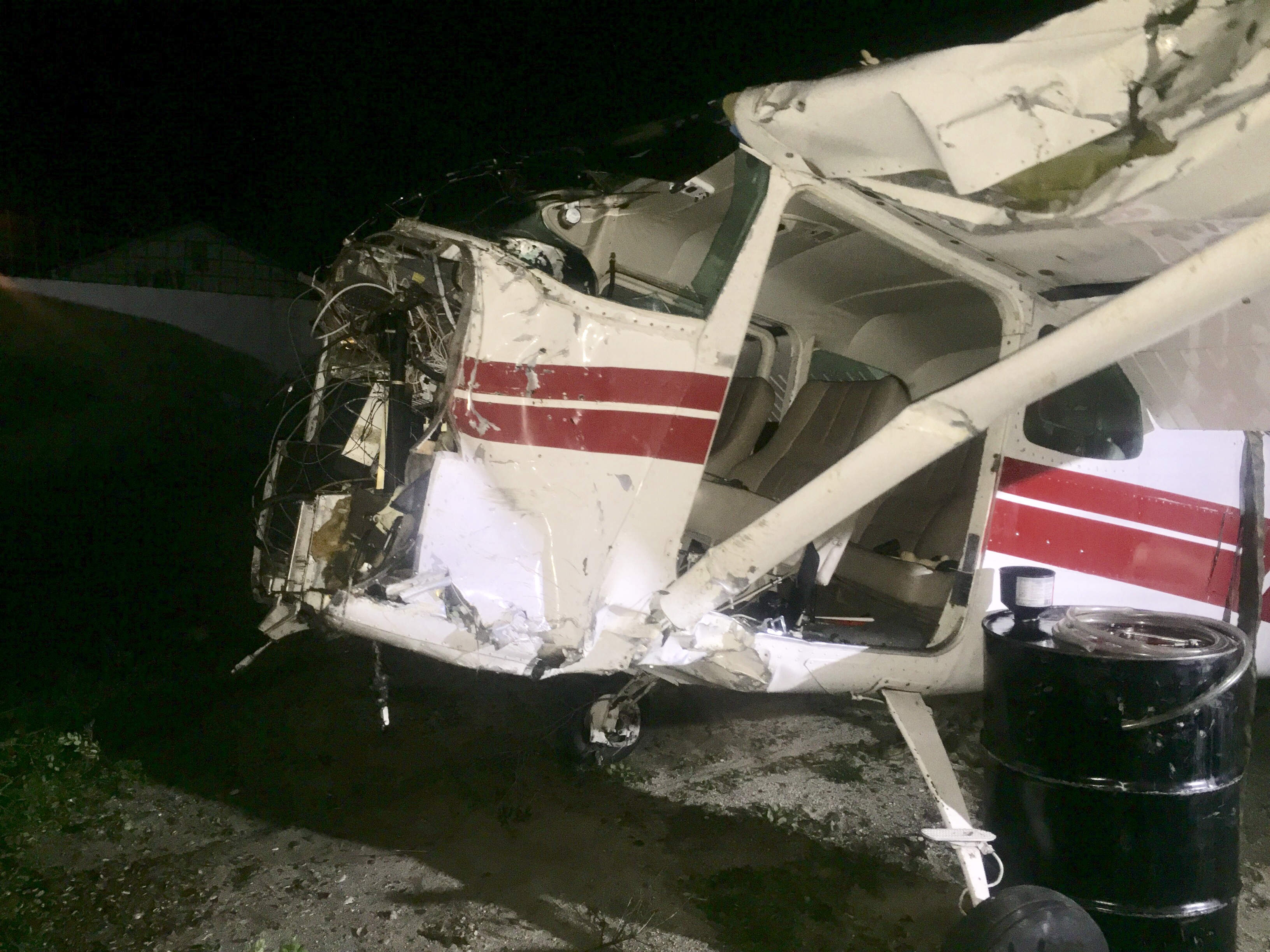
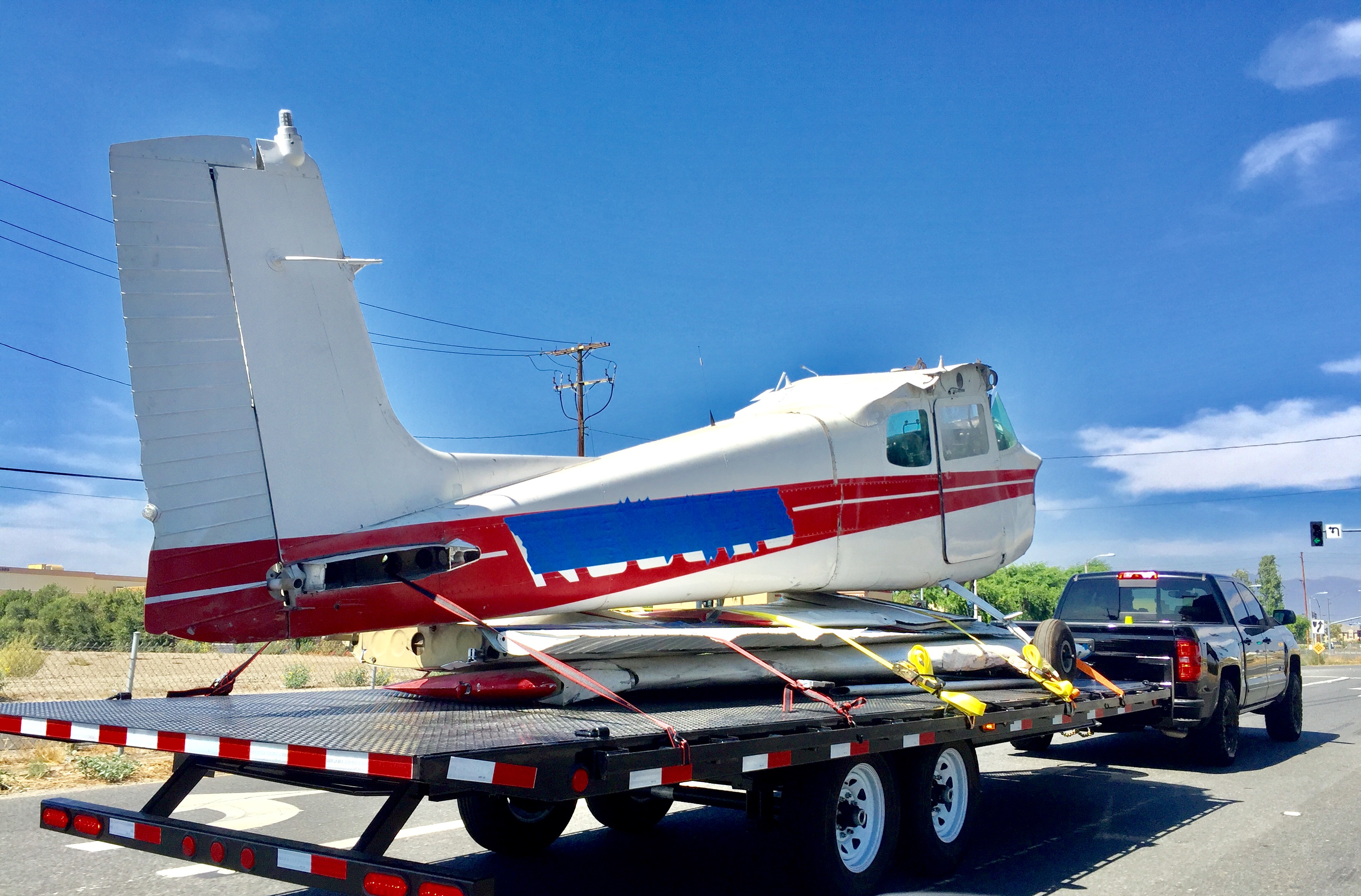
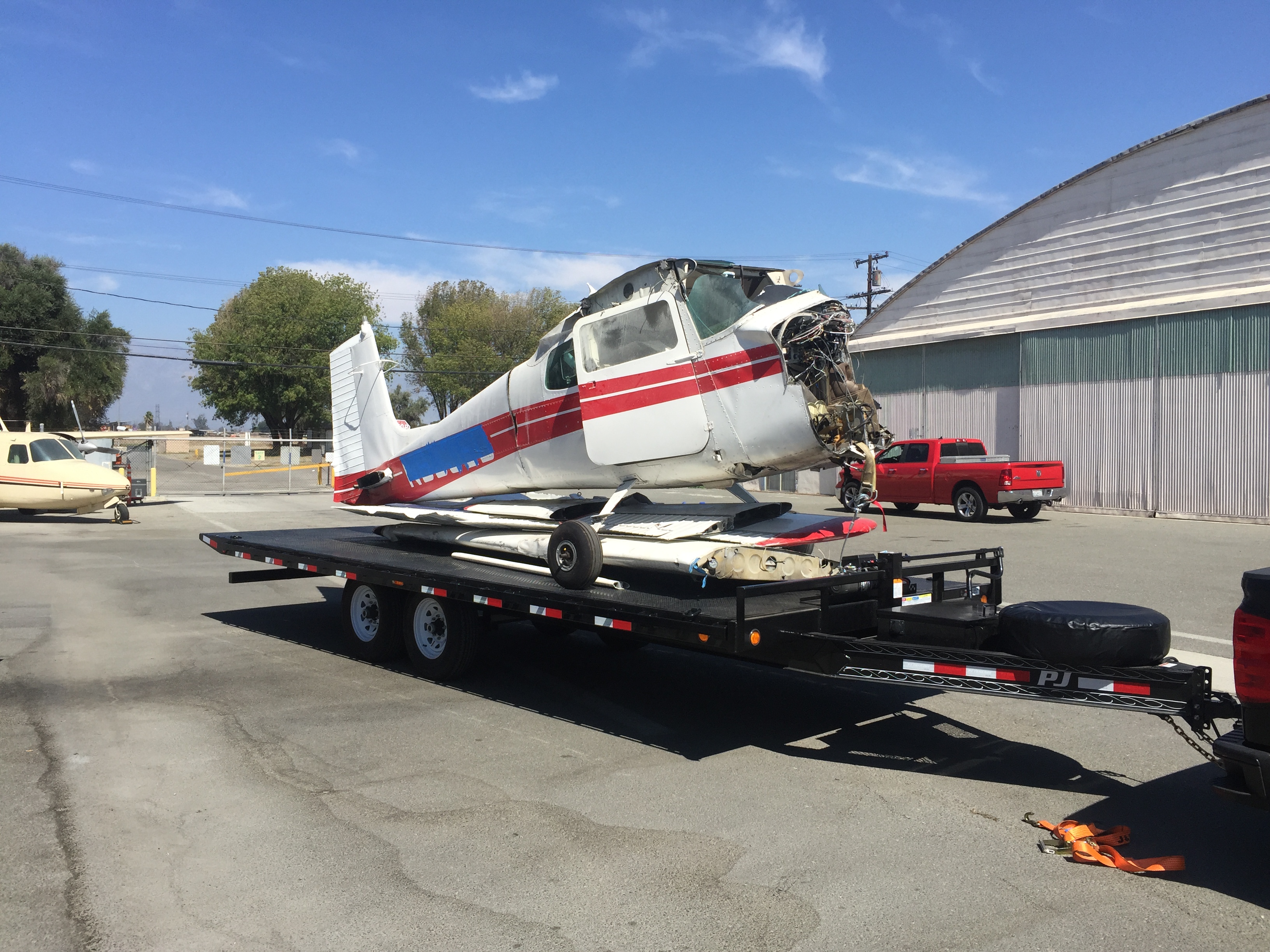
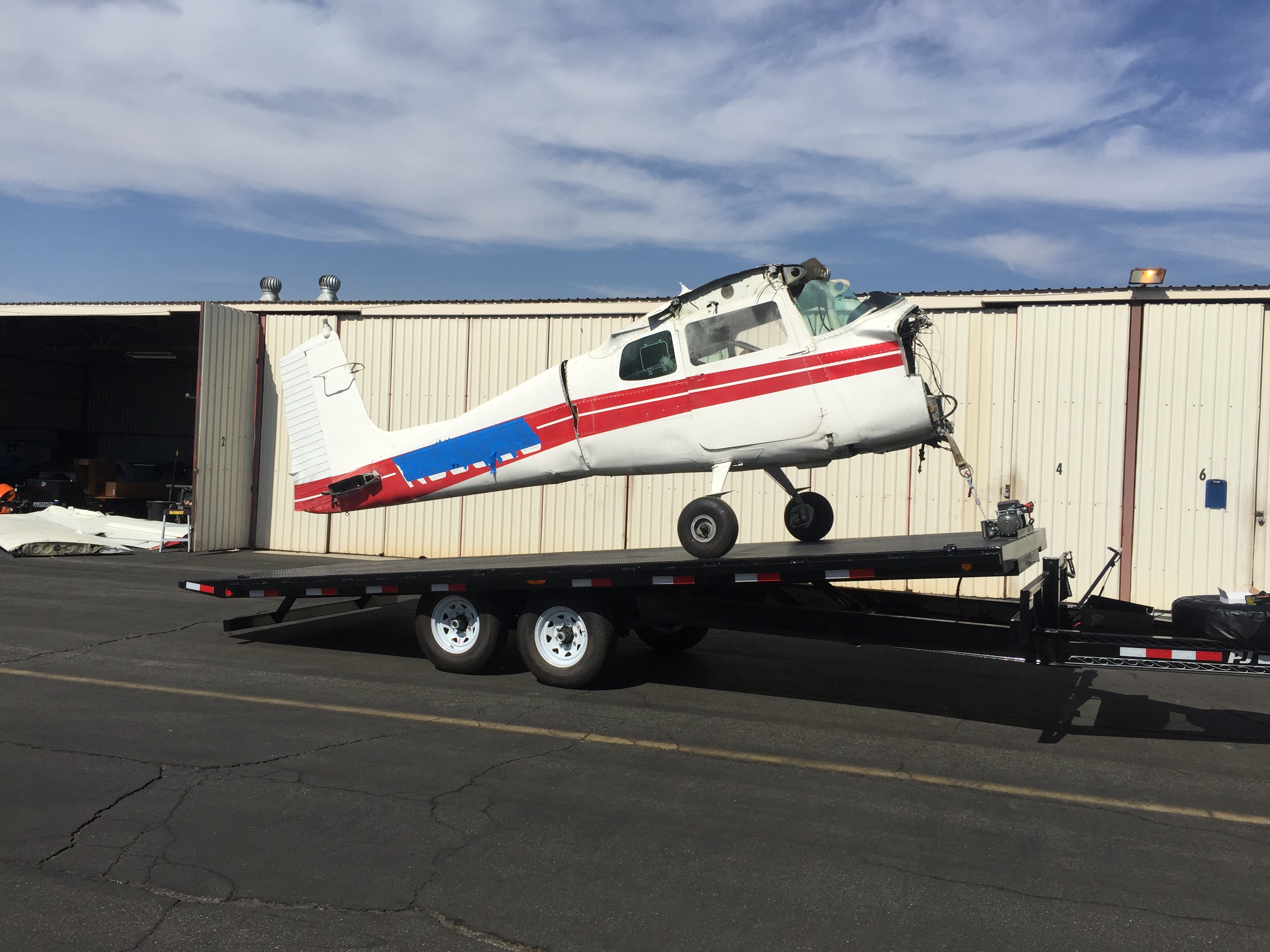


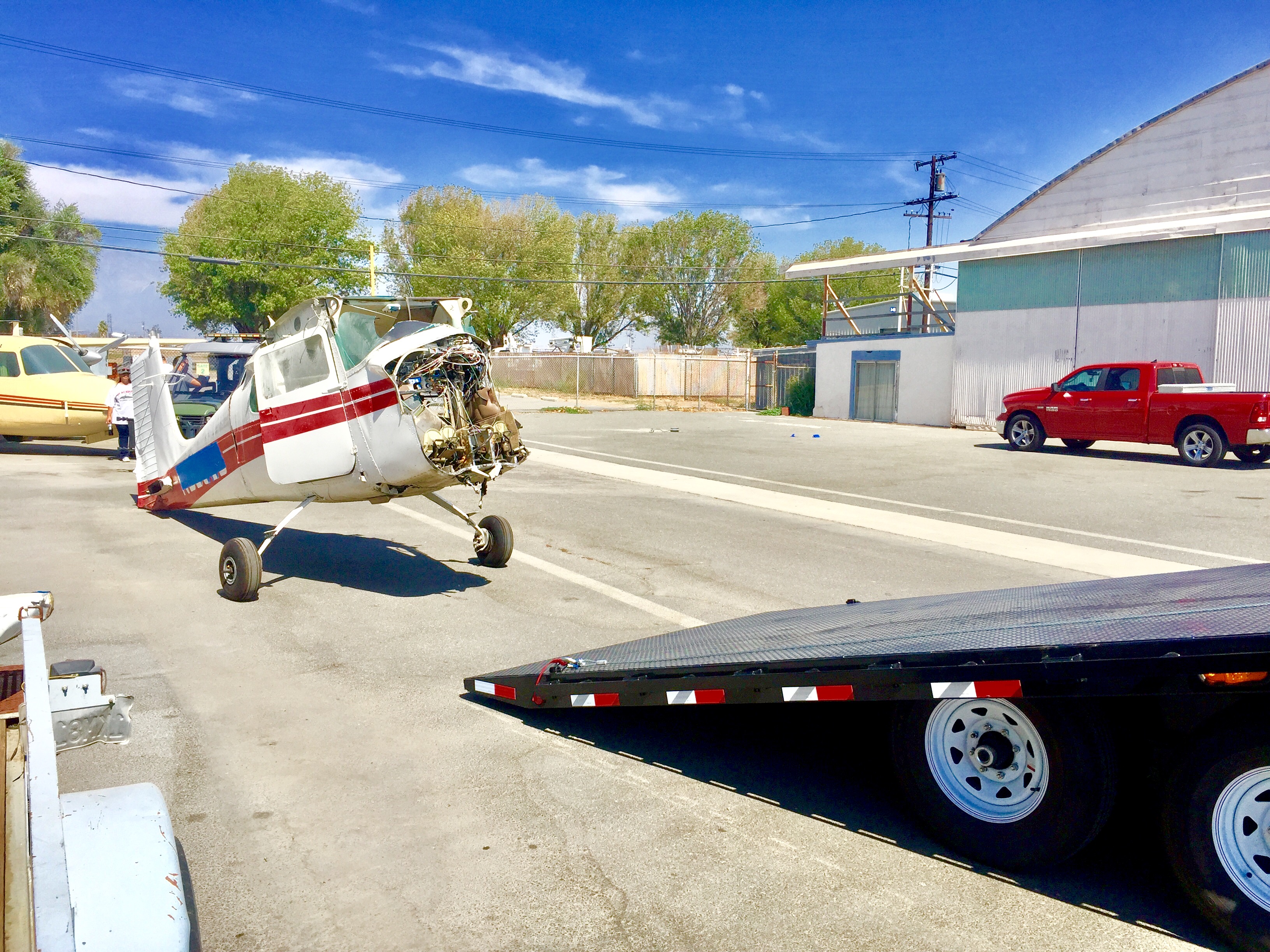

Media:
Revision history:
| Date/time | Contributor | Updates |
|---|---|---|
| 28-May-2017 01:55 | Geno | Added |
| 31-May-2017 13:22 | Iceman 29 | Updated [Nature, Embed code] |
| 03-Oct-2017 18:33 | Anon. | Updated [Photo, ] |
| 12-Oct-2017 06:21 | Anon. | Updated [Photo, ] |
| 12-Oct-2017 06:22 | Anon. | Updated [Photo, ] |
| 12-Oct-2017 06:22 | Anon. | Updated [Photo, ] |
| 12-Oct-2017 06:22 | Anon. | Updated [Photo, ] |
| 12-Oct-2017 06:22 | Anon. | Updated [Photo, ] |
| 12-Oct-2017 06:22 | Anon. | Updated [Photo, ] |
| 12-Oct-2017 07:25 | Anon. | Updated [Photo, ] |
| 08-Jul-2018 13:14 | ASN Update Bot | Updated [Time, Operator, Nature, Departure airport, Destination airport, Source, Narrative] |
Corrections or additions? ... Edit this accident description
The Aviation Safety Network is an exclusive service provided by:


 ©2024 Flight Safety Foundation
©2024 Flight Safety Foundation